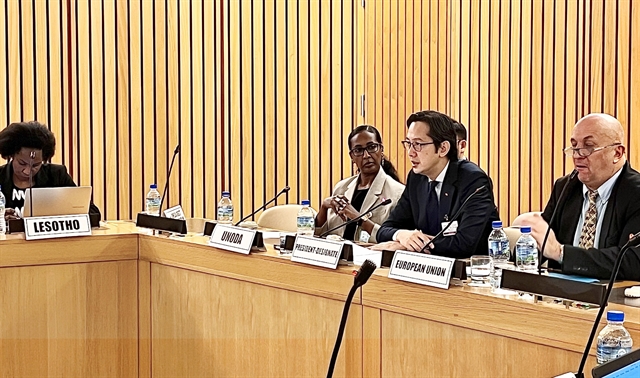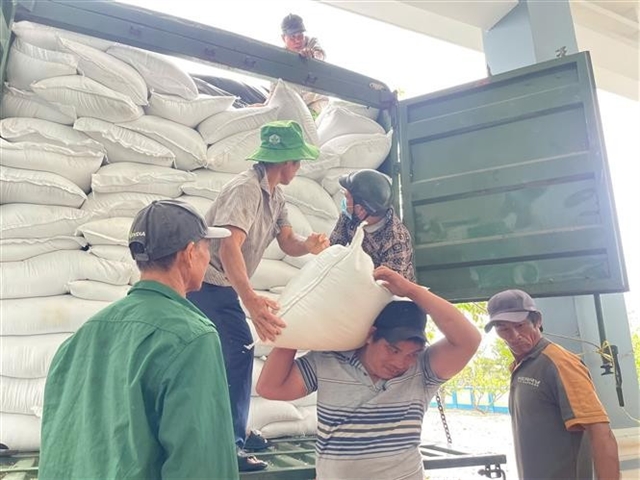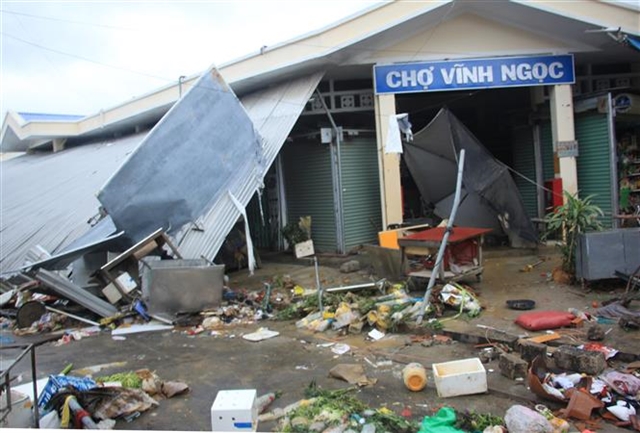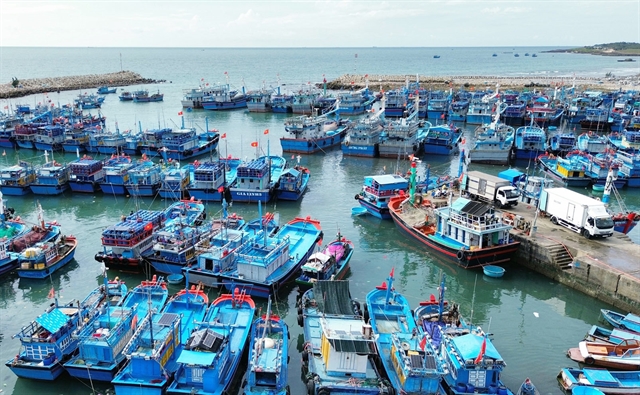 Opinion
Opinion
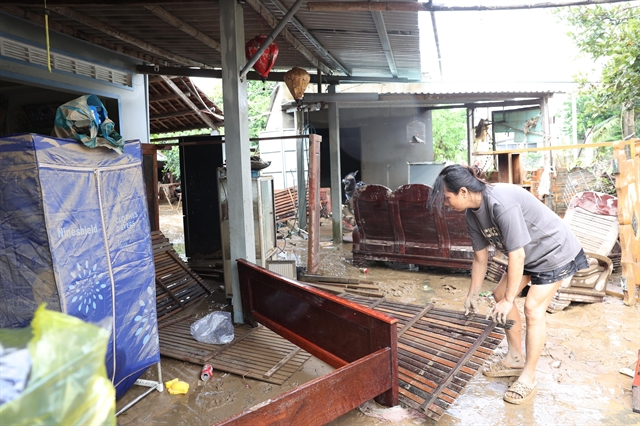

|
| Hoàng Đình Nhuận, deputy director of the Thái Nguyên branch of the Việt Nam Bank for Social Policies (VBSP) |
Thái Nguyên Province is stepping up efforts to boost the impact of credit policies aimed at sustainable poverty reduction, new-style rural development and broader socio-economic progress in ethnic areas. Hoàng Đình Nhuận, deputy director of the Thái Nguyên branch of the Việt Nam Bank for Social Policies (VBSP), speaks with Việt Nam News reporter Tố Như about how targeted finance can unlock opportunities and improve lives.
After the administration was re-organised and the two-tier government model was introduced, how has lending work changed? What solutions has the bank implemented to ensure uninterrupted operations?
From July 1, Thái Nguyên VBSP officially took over the entire network, staff and outstanding loans from Bắc Kạn VBSP.
This was a major change, requiring thorough preparation to avoid any disruption to capital flows to the people.
Right in the first month after the merger, all commune transaction points still operated on schedule, including Saturdays and Sundays. After shifting to the two-tier government model, some lending programmes had their approval authority transferred from district to commune level, such as loans for socio-economic development in ethnic minority and mountainous areas and loans for job creation from the National Employment Fund managed by the provincial People’s Committee.
With the motto 'leave no one behind,' people in remote communes, ethnic minority areas and isolated villages all have access to preferential loans directly at commune transaction points.
Disbursement is carried out publicly and transparently, with supervision from local authorities and socio-political organisations, thereby fostering public trust.
To ensure that capital reaches every village and hamlet, the branch has instructed transaction offices to work directly with and report to commune-level Party committees and authorities on credit activities; at the same time, it has received attention and support to maintain 273 transaction points as before the merger.
The branch director also established working groups to conduct grassroots inspections, promptly giving instructions and resolving problems.
Thanks to this, credit activities have remained smooth and uninterrupted.
What are the disbursement results so far and the plan to achieve year-end targets?
In the first seven months this year, total lending reached VNĐ1.613 trillion (US$63.7 million) with 24,333 poor households and other policy beneficiaries accessing loans since the beginning of the year.
From July 1 to 30 alone, after the two-tier government model came into effect, lending reached VNĐ144.32 billion (US$5.7 million) with 2,312 poor households and other policy beneficiaries receiving loans.
By the end of July, total outstanding loans stood at VNĐ8.902 trillion ($351.5 million), with more than 167,000 poor households and policy beneficiaries still having outstanding balances.
To achieve the 2025 target, the branch has directed transaction offices to advise commune-level Party committees and authorities on effective implementation of social policy credit, coordinate with entrusted socio-political organisations to review customers’ loan needs, complete loan documents and ensure timely disbursement.
At the same time, the branch will continue to send working groups to the grassroots to monitor policy credit operations at commune transaction points and transaction offices, promptly resolving difficulties and ensuring that by December 31, all plans assigned by central and local authorities will be completed.
Could you share the effectiveness of credit policy in poverty reduction, new-style rural area development and socio-economic development in the locality?
Thanks to the policy, the province’s 4,621 poor, near-poor and newly escaped-from-poverty households have been granted loans; 5,965 workers have stable jobs; more than 200 labourers have gone abroad for fixed-term work; over 20,800 clean water and rural sanitation projects have been built; nearly 2,000 households in disadvantaged areas have received loans; 149 social housing units have been built; and 137 rehabilitated individuals have been supported with loans for production and business.
It can be said that VBSP loans have become a firm support for poor and near-poor households and other policy beneficiaries, helping them stabilise their lives and making an important contribution to implementing national target programmes on sustainable poverty reduction, new-style rural area building, ensuring social security, promoting socio-economic development and limiting usury in the province.
In the coming time, to further improve the effectiveness of agricultural credit, the bank will continue to innovate, improve service quality and be flexible in lending policies, especially simplifying loan procedures to help people access capital more easily.
In addition, localities will also strive to attract investment and promote public-private partnerships to foster sustainable agriculture and rural development in the near future.
Thái Nguyên Province aims that by 2030, 100 per cent of communes will meet new-style rural standards, at least 50 per cent will reach advanced standards and at least 10 per cent will achieve modern new-style rural standards.
To achieve this goal, the entire political system must act synchronously and decisively, focusing not on chasing achievements but on ensuring substantive, sustainable quality.
Building new-style rural areas in Thái Nguyên is not only about numbers and criteria on paper but, at its core, about improving people’s quality of life and narrowing development gaps between regions.
With strong political determination, public consensus and appropriate solutions, the goal of making Thái Nguyên’s countryside more prosperous, beautiful and civilised can absolutely become reality.
It can be affirmed that reviewing and completing mechanisms and policies for multi-dimensional poverty reduction, associated with sustainable development goals, has always been a focus of our Party and State, aiming to ensure a gradual increase in minimum living standards and better access to basic social services for the people; renewing approaches to poverty reduction contributes to ensuring social security and building the multidimensional poverty standards for the 2026–2030 period.
The road ahead in poverty reduction remains challenging, but with the unity of the entire political system, the participation of all levels, sectors, businesses and the people, we can be confident that the journey of building new-style rural areas and sustainable poverty reduction will continue to spread strongly and deeply throughout society. — VNS

